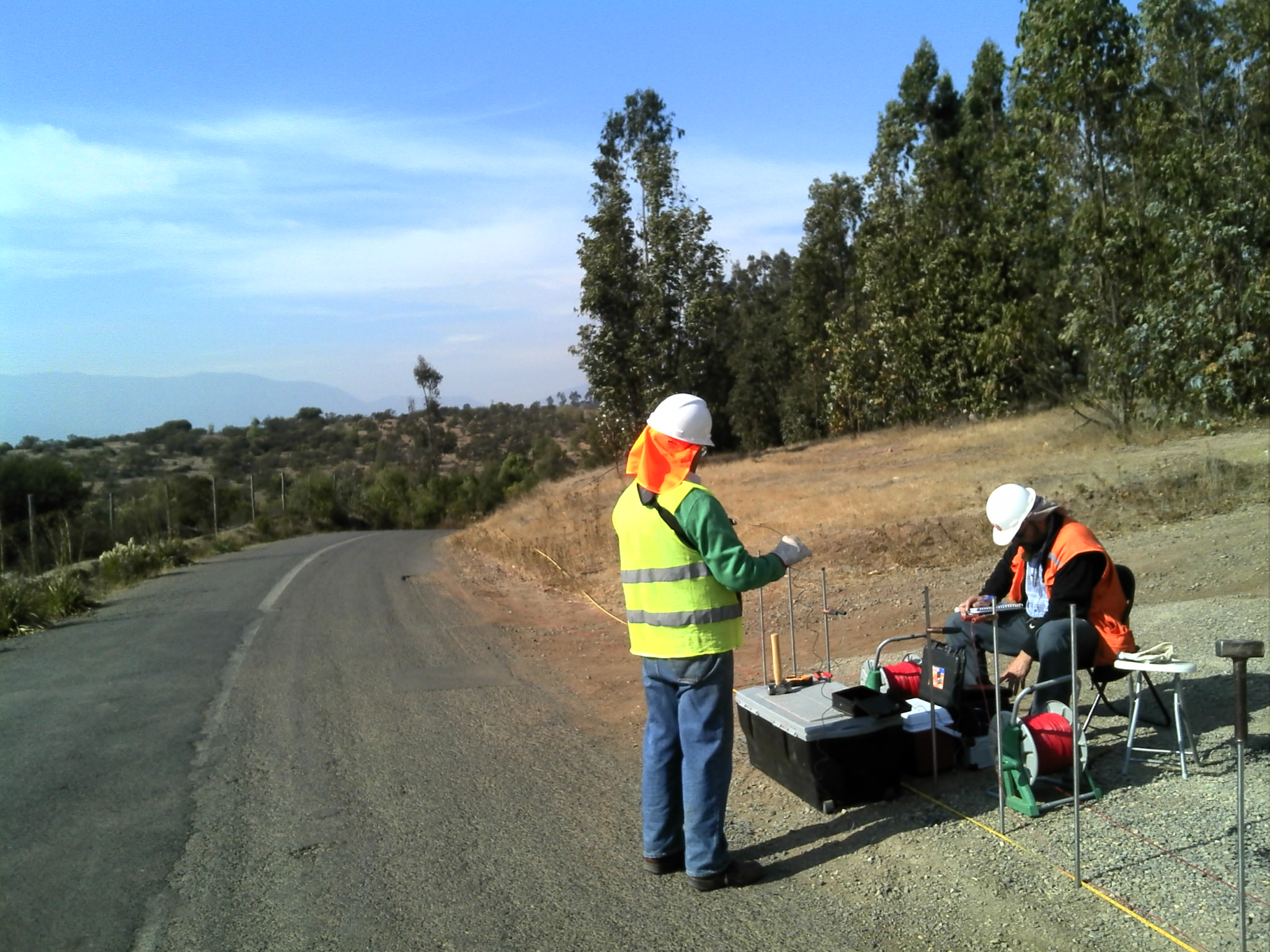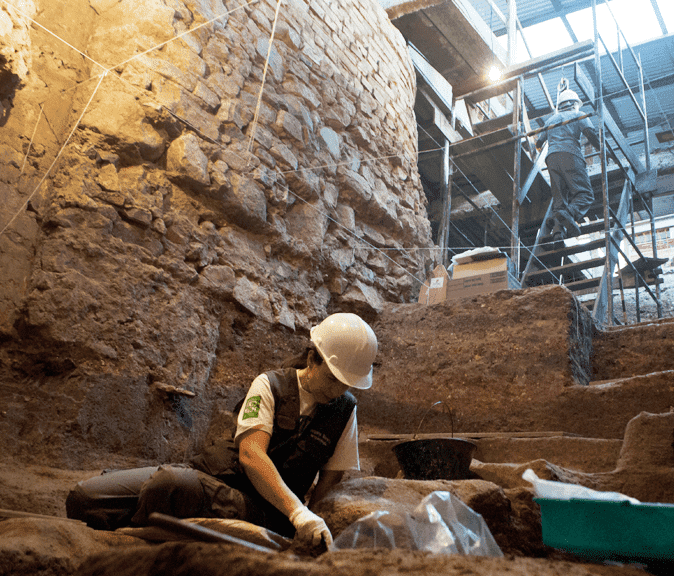Applications

MINING
La geofísica aplicada a la prospección minera permite la detección y el estudio de cuerpos mineralizados y/o diseminados que presenten una variación medible en sus propiedades físicas con respecto a la zona en la que se encuentran (roca caja); asímismo, es posible detectar mediante métodos geofísicos fallas estructurales, unidades litológicas y efectos culturales. La geofísica aplicada en la prospección minera a menudo es conformada por equipos de trabajo que incluyen geólogos, ingenieros, geofísicos y técnicos de apoyo, estos equipos planifican el trabajo, recopilan e interpretan los datos de campo y evalúan el potencial económico de los hallazgos. Los métodos usualmente aplicados en la prospección minera son magnetometría, resistividad eléctrica, polarización inducida, potencial espontáneo, métodos electromagnéticos, VLF, magnetotelúrico y gravimetría.
GEOTECHNICS


ARCHAEOLOGY
Geophysical methods in archeological projects are used in the delimitation and investigation of cultural remains at a relatively low cost and in a non-destructive manner, which allows designing projects with a different direction. Geophysics also extends the local scope of the survey area in order to have a better knowledge of the survey area features and not only of the materials or remains to be detected. The information obtained by geophysical methods is modeled in 2D and 3D results that allow choosing optimal excavation areas in order to obtain more efficient results. Geophysics is mainly applied in spatial archaeology, exploration and delimitation of archaeological areas and architectural archaeology. The most common methods applied to archaeology are magnetic, electrical resistivity, electromagnetic and radar. La información obtenida mediante métodos geofísicos es modelada en resultados 2D y 3D que permiten elegir zonas óptimas de excavación a fin de obtener resultados más efectivos. La geofísica se aplica principalmente en arqueología espacial, exploración y delimitación de áreas arqueológicas y arquelogía de la arquitectura. Los métodos aplicados más comunes son magnetometría, resistividad eléctrica, métodos electromagnéticos y de radar.
Oil and Gas

